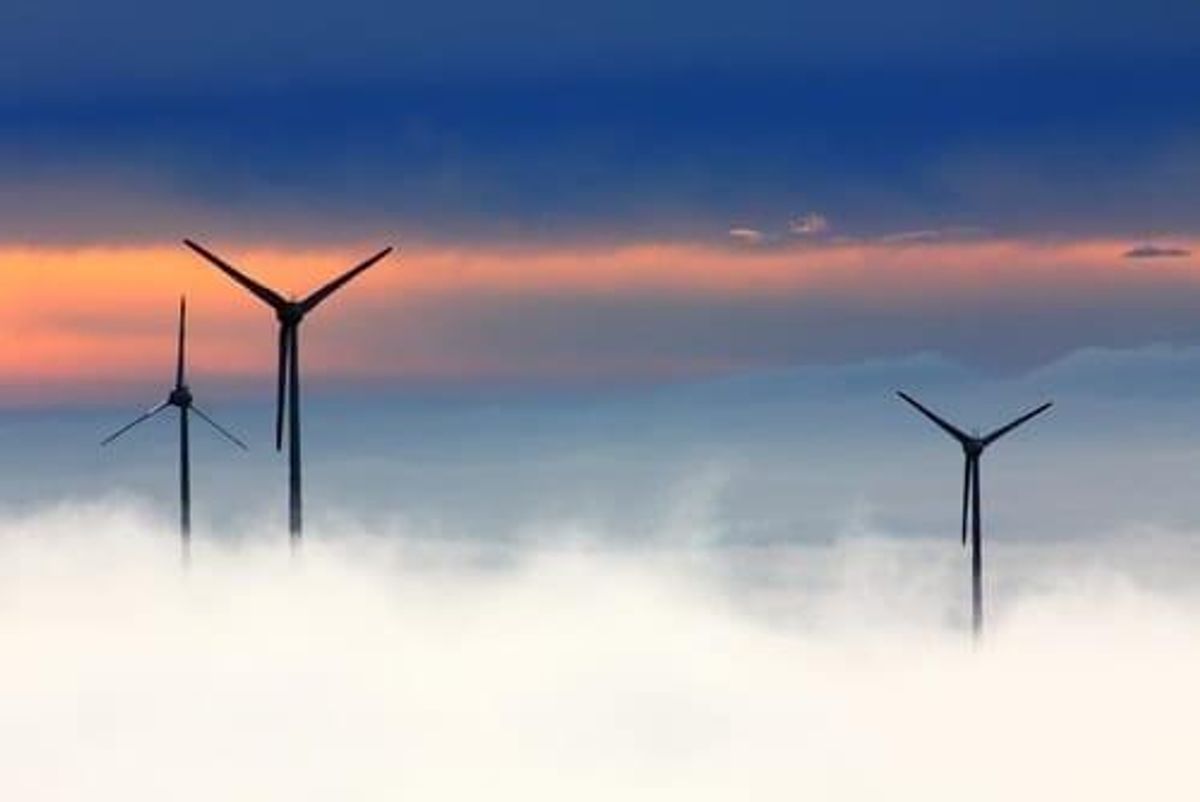
The Investing News Network looks at Q2 2018 cleantech trends that are setting the tone for the industry for Q3 and beyond.
Renewable energy has had numerous developments in Q2 as Canada and the rest of the world are transitioning for a low-carbon future.
Case in point, the Canadian federal government released a report in late June that outlined its goals of transitioning towards a low-carbon future with a focus on clean power and renewable energy.
The renewable energy market in Canada is keenly watched as the federal government along with various provinces have set targets in a bid to meet the Paris Agreement. Alberta is set to source 30 percent of electricity from renewables by 2030 while Saskatchewan is set to source 50 percent of electricity from renewables in the same period.
Meanwhile, a report from LevelTen Energy said the solar and wind prices have dropped in the US despite headwinds at the federal level against renewable energy.
While Canada and United States are making inroads into the cleantech space, in Germany, renewable energy overtook coal to become the country’s biggest source of power. A report from BDEW, Germany’s Federal Association of Energy and Water Industries, said that renewable energy contributed to 118 billion kilowatt hours in the first half of 2018 while power generation from hard and brown coal declined to 114 billion kilowatt hours.
“These figures prove impressively that the market-driven gradual phasing out of coal-fired power generation is already in full swing,” Stefan Kapferer, chairman of BDEW said in a press release. “Renewables are on the rise.”
On that note, here the Investing News Network (INN) takes a look back on the second quarter of the year as to what the biggest trends in the sector have been so far and things to look forward in the upcoming quarters.
Cleantech Q2 2018: Companies at the forefront
Cleantech has had a busy quarter with various sub-verticals of the sector having impactful news. The big focal point was on US and the Clean Power Plan repeal with many tech companies including Google (NASDAQ:GOOG) and Apple (NASDAQ:AAPL) condemning the move.
Wells Fargo (NYSE:WFC) pledged US$200 billion clean energy with the institution saying that the money will support transition to low-carbon economy by funding clean technologies, clean energy and alternative transportation.
Alternative transport was certainly a focus of the quarter with Village Capital in a report stating investors should look beyond regular sector and focus on transportation, including EV’s. GreenPower (TSXV:GPV) received an order for 100 buses from US-based Creative Bus Sales.
Hydrogenics (NASDAQ:HYGS;TSX:HYG) announced that it will be providing fuel cells to Golden Gate Zero Emission Marine in the US for the building of the first high speed hydrogen powered fuel cell marine vessel.
Meanwhile Boralex (TSX:BLX) completed the acquisition of Kallista Energy and became the largest independent wind producer of France.
Cleantech Q2 2018: Wind energy still in focus
In our cleantech Q1 review, we highlighted how the wind energy has been the face of this sector in Canada. As we head into Q3, 2018, it’s safe to say that sentiment still rings true.
At the beginning of the quarter, Samsung Renewable Energy and Pattern Energy Group commissioned 100 MW of the North Kent wind farm project in Ontario which the companies claimed will generate clean power for approximately 35,000 Canadian homes.
According to an email statement from the Canadian Wind Energy Association (CanWEA), the total capacity additions for the year is over 450 MW. What this means is that Canada now has over 12,500 MW of installed capacity with over 6,500 wind turbines generating the power.
Phil McKay, operations and maintenance program director at Canadian Wind Energy Association (CanWEA) said that the momentum continues for wind energy as new technologies are being adopted by wind farm owners.
“There are aftermarket solutions that are being tested out and Canada’s wind fleet is proving to be good research lab where we can test anti-icing technology and power performance improvement technologies,” McKay said in phone interview.
In May, Ouranos, a research consortium dedicated to regional climatology and Negica, an applied research centre specializing in renewable energy, announced the start of a research project to study the impacts of climate change on wind energy. One of the key areas of focus of the project was the icing events which the research team said has to be taken into account for repowering wind turbines operating in cold climate.
Beyond Q2 2018: Betting on year-round wind generation
McKay said that wind farm operators have been studying the icing for years and each of them have different approaches with some of them having heated blades while some of them shut down.
“It is a challenge and it does reduce production to certain extent but it is certainly dealt better and better with every season,” he said.
McKay said that the situation will improve this season as number of technologies are being tested and that the data is in, with the end result demonstrating Canada’s leadership in the area.
“As we head into the winter months, I’m looking forward to the prototype designs that are homegrown in Canada and that will be deployed full scale,” he said.
With the huge land area, McKay said that Canada can be a leader in the generation of wind energy.
“With some transmission line upgrades, we can get over 25 percent wind energy in Canada alone and we are currently at six percent, so there’s a long way to go,” he said.
While McKay sees a favourable political environment with regards to regulations at the federal level, he said that there are politicised energy sectors in certain provinces and that the case for wind energy has to be proven to certain leaders.
“There’s so much momentum for wind energy globally that it will be hard to ignore and I think regulations will change and keep up,” he said.
In our Q1 review, it is noted Ontario and Alberta are at the frontline due to elections in these provinces and how that might impact renewable energy. Newly appointed Ontario Premier axed the Green Ontario Fund that let consumers reduce their energy while shrink carbon footprint.
Beyond Q2 2018: O&M will be crucial
With the wind fleet set to expand in the future, one crucial element of the sector would be the operations and maintenance (O&M) of the existing turbines.
“There are lot of ways we can optimise and improve performance,” McKay said. “I think the leaders who invest and come up with great ideas first are going to be successful because the market size is expanding.”
According to CanWEA, O&M’s side of business is expected to increase from C$290 million to an estimated C$450 million a year.
Investor takeaway
With Canada and other countries set to focus on renewable energy and with companies investing from O&M side to capacity additions, cleantech remains an exciting space for investors in Q3 and beyond.
For those wishing to jump into the sector, there are number of number of renewable energy stocks on TSX. It should also be noted that that several stocks witnessed significant share price increase on the TSX at the halfway mark of the year.
Don’t forget to follow us @INN_Technology for real-time news updates!
Securities Disclosure: I, Bala Yogesh, hold no direct investment interest in any company mentioned in this article.
Editorial Disclosure: The Investing News Network does not guarantee the accuracy or thoroughness of the information reported in the interviews it conducts. The opinions expressed in these interviews do not reflect the opinions of the Investing News Network and do not constitute investment advice. All readers are encouraged to perform their own due diligence.




